🌼Hello #Steemit Stale. How are you all🌼
I am md khokon mia. I use the username @khokonmia on #Steemit.
I am from #Bangladesh among you.
Spiders are invertebrate predators of insects. Their body is divided into two parts, head and torso, eight legs, no wings. A special feature of spiders is that they make sticky webs and trap other insects etc. in those webs.
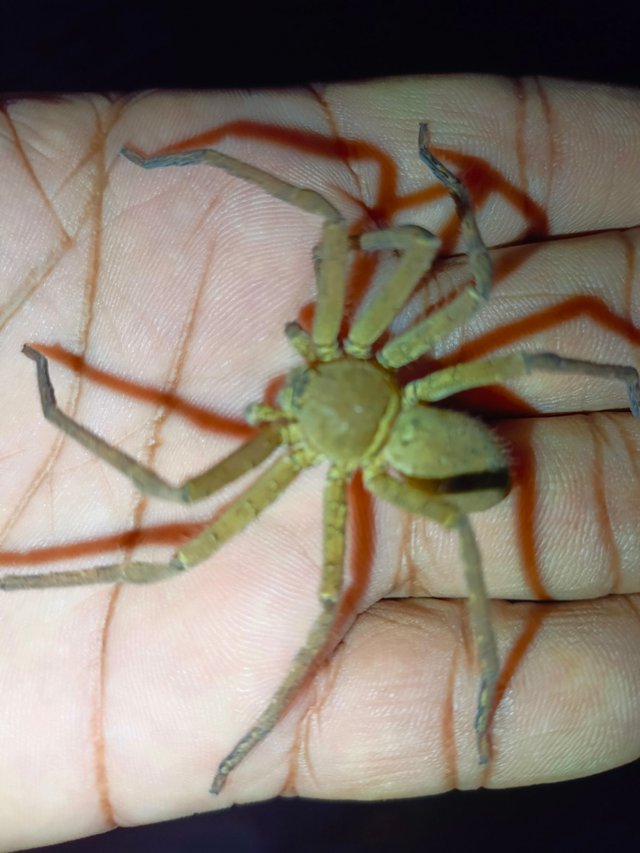
The front pair is bipartite and downward facing. The anterior segment is like a venomous tooth. It contains poison glands. The spider captures the prey with its help and injects poison to numb it. The protein-rich sticky fluid produced by these silk glands turns into strong silk thread on exposure to air. Spiders use this thread to make webs, egg shells, tunnel webs and webs for catching prey.
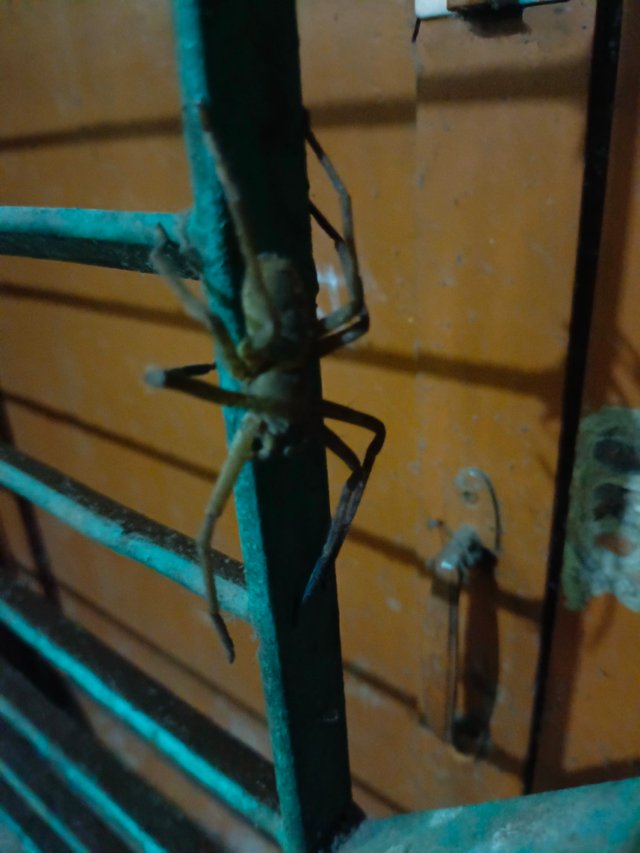
With light threads, especially young spiders rise up and float in the air. Spiders are free-living, usually solitary and predatory. Catches insects and other small animals, including those harmful to humans and disease-carrying insects. Large spiders trap small snakes, birds and mammals in their webs.
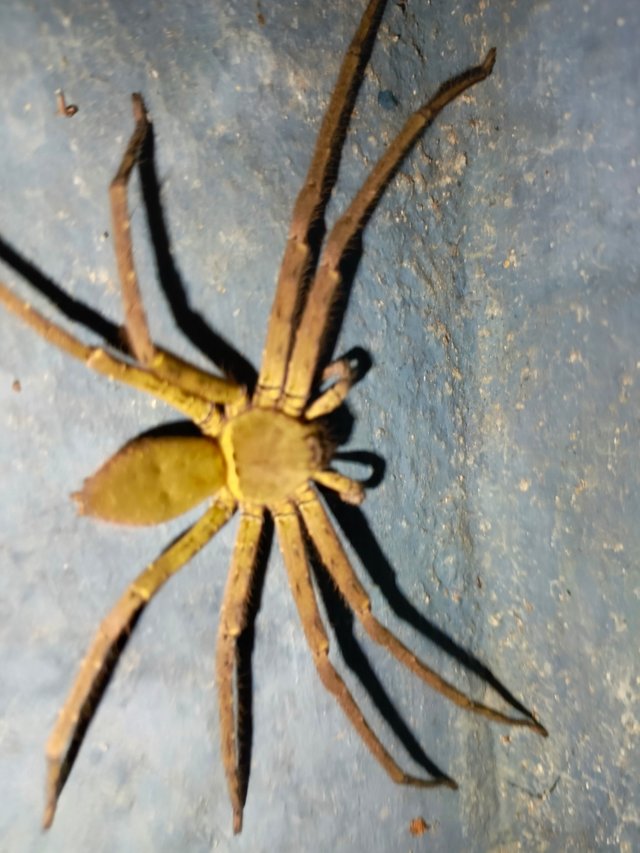
Someone weaves a net, someone jumps and catches the prey. Many of them have very poisonous bites. But not all are lethal. Spiders are among the first land animals. Relatively ancient spiders are solitary hunters, that is, they do not weave webs, but jump to catch prey.
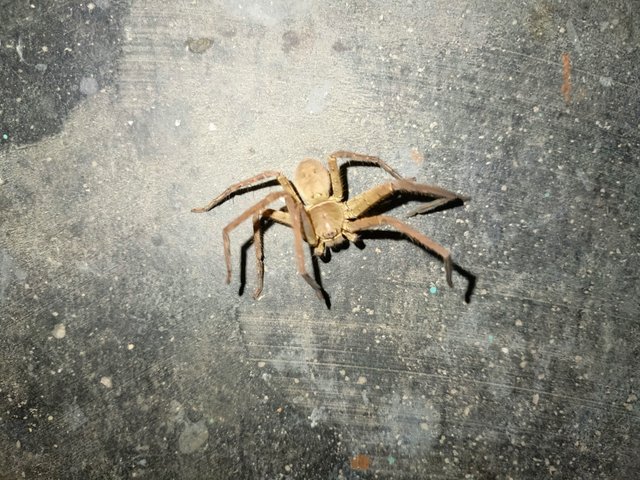
Some species of spiders are endemic. To date, more than 37 thousand species of spiders have been found in the world
Spiders digest food outside the body. After inserting the abdominal sarcorus into the captured prey, the membrane dissolves after a while, and by repeating the process, the spider absorbs the whole of the oxidized food membrane and quickly assimilates it into the body.
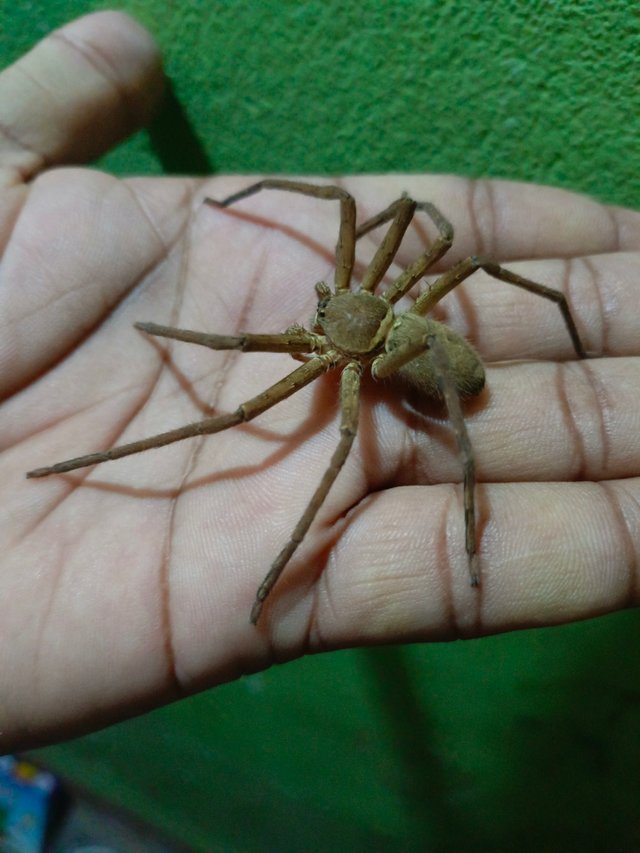
The venom of the first numbs the human nervous system and the bite of the second causes rotting at the bite site.
A common characteristic of spiders is the ability to produce a lifelong silk thread. Webbing spiders produce the largest amount of silk thread and weave elaborate webs to catch prey. In addition to weaving webs, spiders use threads for various purposes. Yarn is used to wrap prey, cover eggs, build nests, and line tunnels. When an insect walks on the thread, it signals the spider. While searching for insects in the forest, some spiders hang on threads to secure branches or leaves.

🌹 My phone ditails🌹
| Device | infinix not 30 |
|---|---|
| Categories | Photography |
| Caption | @khokonmia |
| Camera | 64m triply Camera |
| Location | Bangladesh |

https://x.com/HAFIZURRAH42889/status/1728766130326753387?s=20
Downvoting a post can decrease pending rewards and make it less visible. Common reasons:
Submit
Hi, Greetings, Good to see you Here:)
Downvoting a post can decrease pending rewards and make it less visible. Common reasons:
Submit